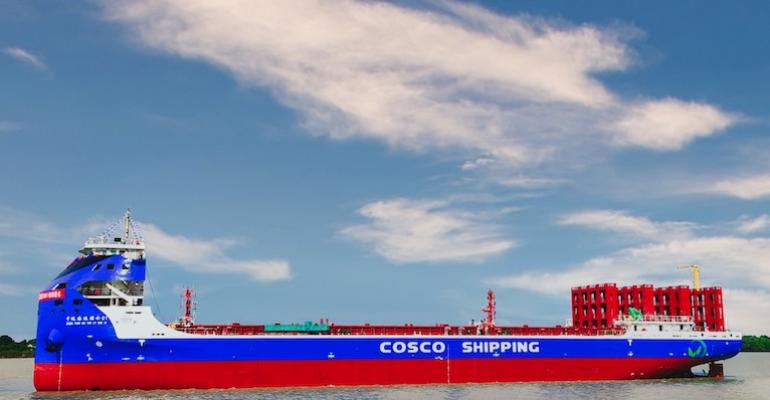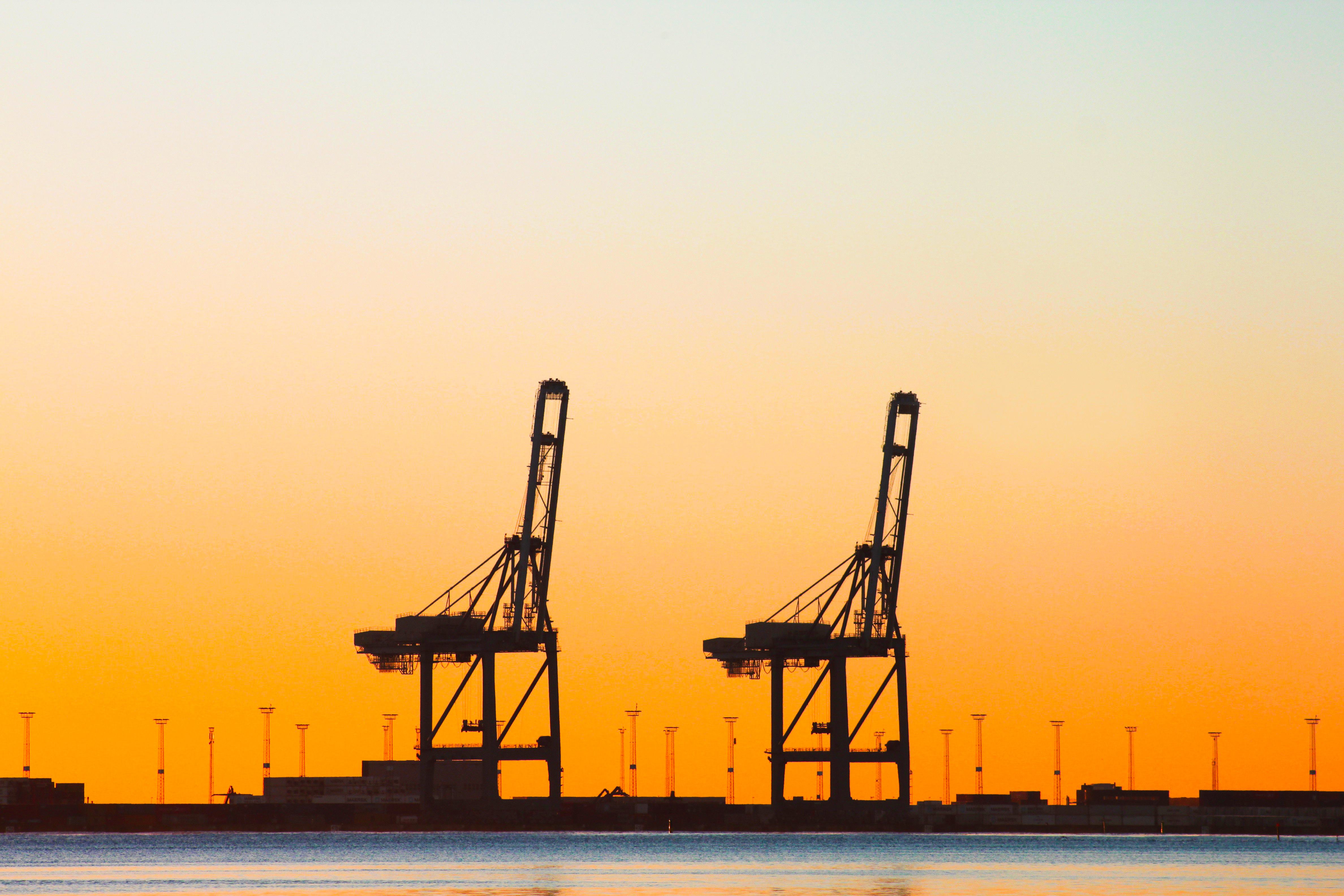Evaluating China’s decade of electrification
Leadership Insights newsletter story
The country’s decade-long policy push offers lessons about impending onshore power supply requirements on European ports and the ships serving them.

Driven by the EU’s Alternative Fuel Infrastructure Regulation (AFIR) and FuelEU Maritime, major European ports will need to offer onshore power supply (OPS) and many ship operators will begin using OPS by 2030. The past ten years of OPS development in China highlight the complexity of balancing that supply and demand.
In a rapid ramp-up of OPS provision between 2016 and 2020 as part of China’s thirteenth five-year plan, major Chinese ports installed more than 400 shore power connections at berths for container ships, ro-ro passengers, cruise ships, passenger transport above 3,000 tonnes and dry bulk cargo above 50,000 tonnes. By 2022, according to a report in China Daily citing non-governmental organisation Clean Air Asia, 81% of such berths at China’s 21 coastal ports – and all such berths at the seven biggest ports – have access to OPS.
Now, under the fourteenth five-year plan (2021-2025), the policy focus has shifted to increasing use of OPS. The policy push led a widely cited academic paper in 2021 to anticipate that the proportion of battery-powered ships (encompassing hybrid and fully electric vessels) serving Chinese coastal and waterway ports would rise from 0.55% in 2022 to 18.5% by 2025. While equivalent up-to-date numbers are hard to find, by 2023, researchers were more sceptical.
One such paper, Strategies of stakeholders’ selection of shore-to-ship power in China, neatly summarised the challenges: “The large expenditure of policy implementation, various types of wire interfaces, the high cost of the operation and maintenance of shore power facilities and the high using price have seriously hindered the effective advancement of shore-to-ship power in China.”
In a recent note , power industry consultancy PTR observed that “China has overinvested in the development of its shore power infrastructure, leading to the under-utilisation of this technology on ports in the country”. The company points in particular to wide discrepancies in subsidies affecting the price of electricity to ship operators at ports, driven by provincial disparities in the prioritisation of air pollution.
Those learnings from China find parallels in other regulatory regimes across the world. Cost of use is a central issue. The ineffectiveness of subsidies noted in China has been addressed in the EU, and in the US through the California Air Resources Board’s At-Berth Regulation, by a requirement to use OPS. That means ports are likely to recoup their investments, but also that ship operators could be exposed to high prices.
There is a get-out clause that tilts the wheel in favour of the ship operator. In the EU, as in the US through the California Air Resources Board’s At-Berth Regulation, there is an option to use approved onboard zero-emission technologies at berth instead of OPS. That means that engines using zero-emission fuels or batteries charged elsewhere could supply power for ships’ port operations – ship operators will therefore need to take account of shore power prices when weighing such technology investments.
The other similar challenge is the harmonisation of OPS technology standards – the ‘various types of wire interfaces’ noted by Chinese researchers. In a joint submission to MEPC 80 , ICS, the International Association of Ports and Harbors, Cruise Lines International Association and INTERFERRY listed areas requiring standardisation, including low-voltage OPS, onboard battery charging and requirements for technology on tankers.
China’s electrification decade shows that cost of use and standardisation are key obstacles to OPS uptake by vessels. With EU requirements just six years away and with ports globally already investing heavily, regulators will need to address the challenges urgently to maximise the decarbonisation potential of onshore power.



